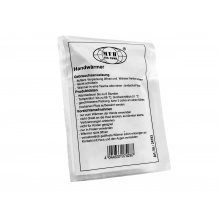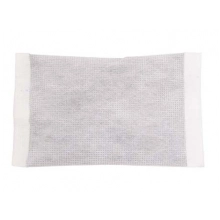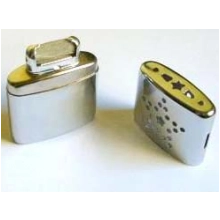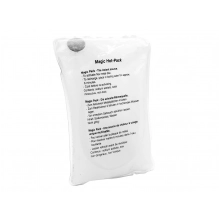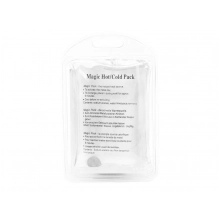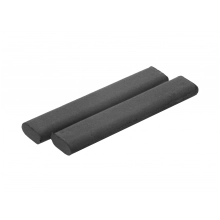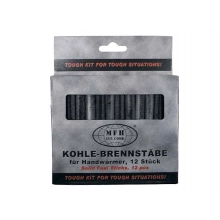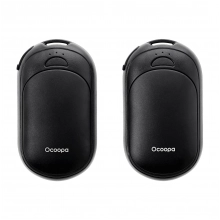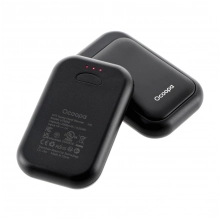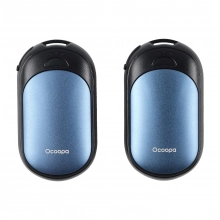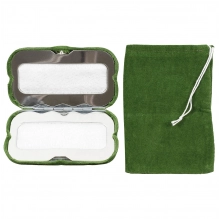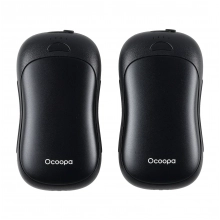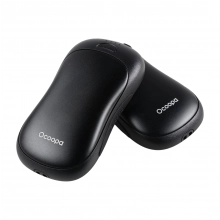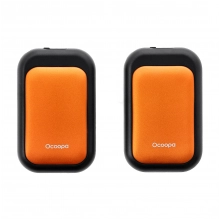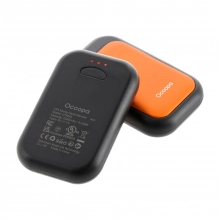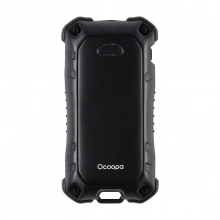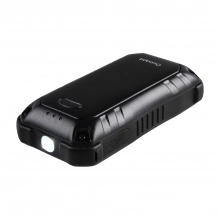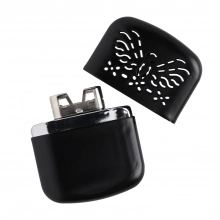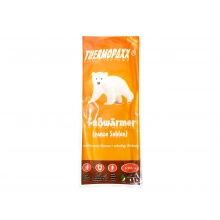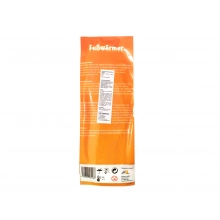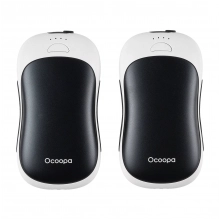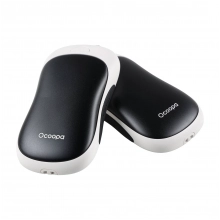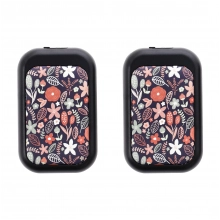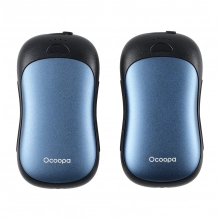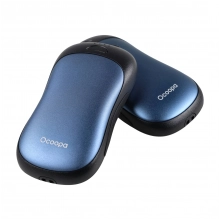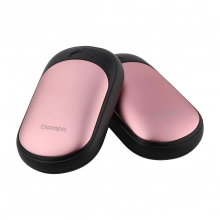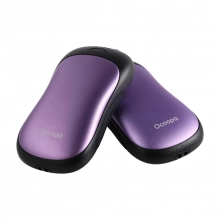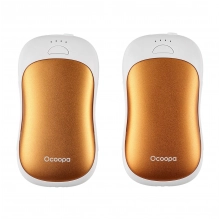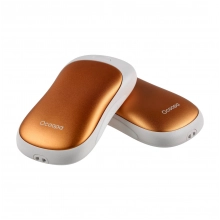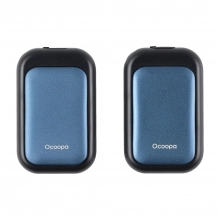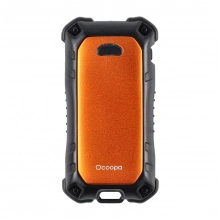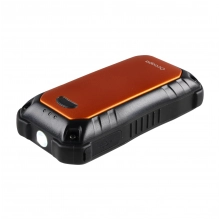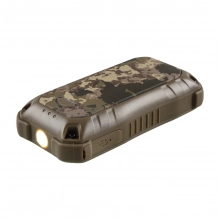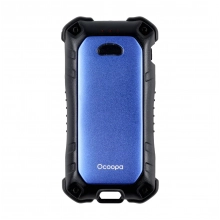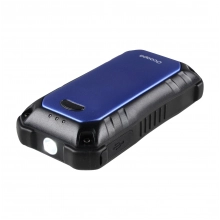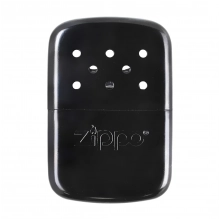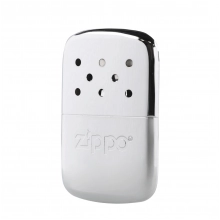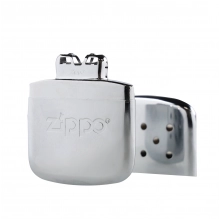Warmers
Warmers
Can't find what you're looking for?
We will help you find what you need!
Leave your number and we'll call you back!
Frequently Asked Questions
1️⃣ How does the chemical heater work?
A chemical heater generates heat from the crystallization of a supersaturated salt solution, usually hydrated sodium acetate or sodium thiosulfate. To initiate the chemical reaction, a metal sheet placed inside a hermetically sealed bag of solution is used. The bending of the tin precipitates the solution out of equilibrium, thus triggering the aforementioned salt crystallization reaction. In the process, heat is generated (about 50°C), which we use to heat the body.
2️⃣ What's inside a hand warmer?
A chemical heater generates heat from the crystallization of a supersaturated salt solution, usually hydrated sodium acetate or sodium thiosulfate. To initiate the chemical reaction, a metal sheet placed inside a hermetically sealed bag of solution is used. The bending of the tin precipitates the solution out of equilibrium, thus triggering the aforementioned salt crystallization reaction. In the process, heat is generated (about 50°C), which we use to heat the body.
3️⃣ How to reuse a hand warmer?
Once the heater has cooled (fully crystallized), we can easily and quickly regenerate the heater. To reverse crystallization, the heater should be boiled in water for 10 to 10 minutes, until the visible crystals dissolve. We can regenerate the heater immediately after cooling or immediately before the next use.
4️⃣ How long to cook a hand warmer?
To reverse crystallization, most heaters should be boiled in water for 6 to 10 minutes until visible crystals dissolve. We can regenerate the heater immediately after cooling or immediately before the next use. It is a good idea to line the bottom of the pot with a cloth to reduce contact between the hot metal and the surface of the bag.
